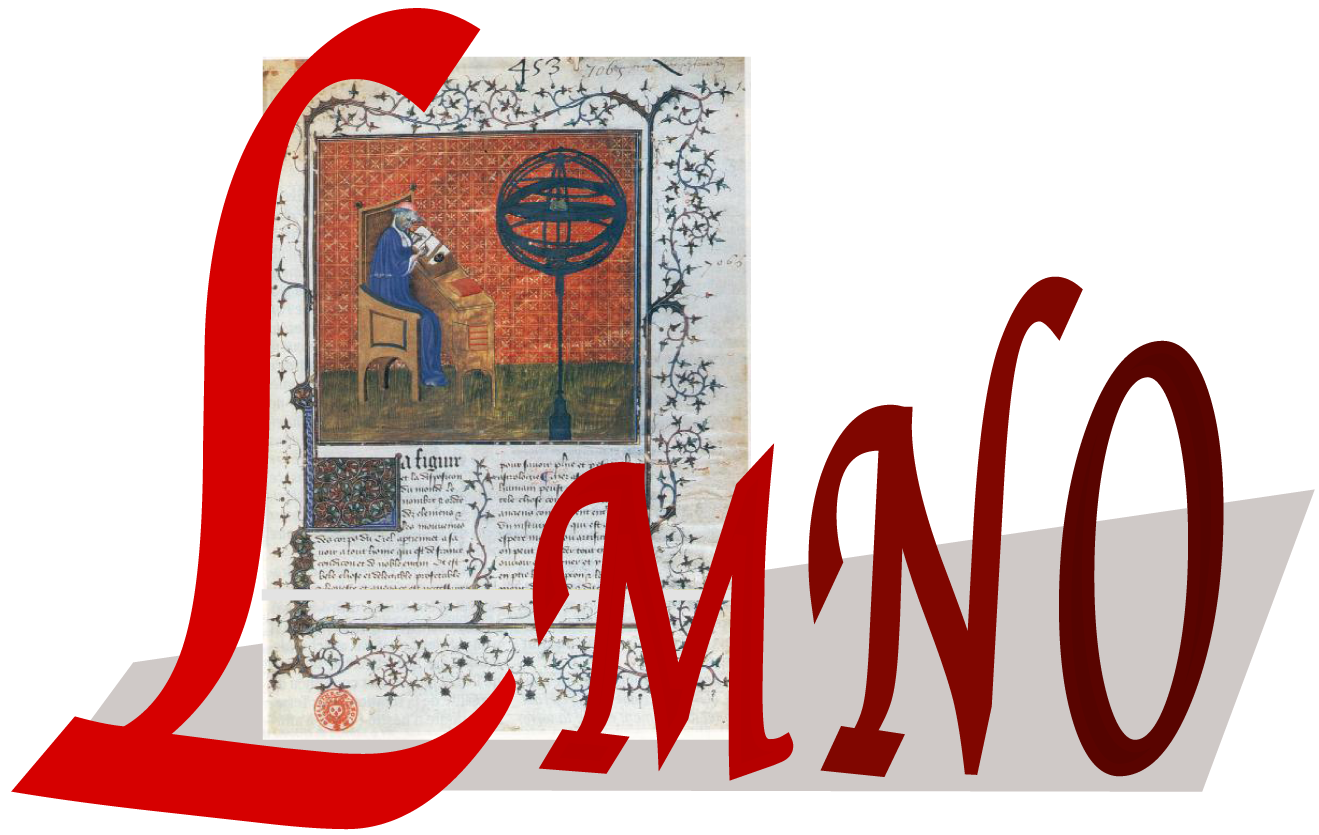
|
|

|
Résumé.
In this talk, I will introduce FPPW, a new payment channel with watchtower scheme for Bitcoin. This new scheme provides fairness with respect to all channel participants including both channel parties and the watchtower. The watchtower in FPPW learns no information about the off-chain transactions and hence the channel balance privacy is preserved. As a byproduct, we also define the coverage of a watchtower scheme, that is the total capacity of channels that a watchtower can cover on a scale of 0 to 1, and show that FPPW's coverage is higher than those of PISA and Cerberus. If time allows, I will discuss two other watchtowers Garrison and Daric with various other properties and try to formalise the definitions of payment channels and watchtowers.
Résumé.
In this talk, we will give a broad introduction of the Tezos blockchain by introducing its architecture and design choices regarding safety and security in an adversarial distributed system. We will then present Tezos smart-contract language: Michelson, a statically typed stacked-based (domain-specific) language. Lastly, we will talk an ongoing work aiming to develop a static analyzer tool using abstract interpretation to automatically infers (numerical) invariants allowing us to formally prove numerical safety properties along with more blockchain-specific functional properties, e.g., validating user authentication patterns, analyzing the evolution of contract’s storage, determining an upper-bound gas usage of a smart-contract, etc. This work is integrated as an addition to a modular abstract interpretation based platform, MOPSA, already capable of analyzing of C and Python programs.
Résumé.
Parmi toutes les possibilités de constructions post-quantiques, mises en avant par la compétition de standardisation post-quantique organisée par le NIST, la cryptographie reposant sur les réseaux euclidiens est la plus prometteuse. En effet, trois des quatre premiers standard proposés par le NIST reposent sur des hypothèses de réseaux. Dans cet exposé, je vais tout d'abord introduire la cryptographie reposant sur les réseaux euclidiens, puis je présenterai des travaux récents dans ce domaine sur la difficulté des problèmes considérés comme le problème Learning With Errors (LWE).
Résumé.
Les approches basées sur l'apprentissage automatique appliquées à la similarité de fonctions binaires ont gagné en popularité ces dernières années. Dans ce séminaire, je présenterai nos travaux concernant les similarités entre programmes qui peuvent être utile à la retro-ingénierie, la classification de programmes, la généalogie de logiciels malveillants et la détection du plagiat.
Nous réalisons une évaluation des méthodes de recherche de clone de programme et proposons une méthode de similarité s'appuyant sur la théorie spectrale des graphes. En plus d'être rapide, celle-ci est particulièrement stable face à un changement de compilateur ou d'architecture.
Résumé.
In December 2019 were announced two new record computations: the factorization of RSA-240 (240 digits, 795 bits) and discrete logarithm computation in a prime field of the same size, with the same software, running on the same platforms. This is the first time that integer factorization (IF) and discrete logarithm (DL) of the same size are computed together. The previous RSA factorization record was in Dec. 2009 by Kleinjung et al., who factorized RSA-768 (bits, 232 decimal digits). The previous DL record computation was in June 2016 by Kleinjung et al., for a prime field of 768 bits: there were seven years between RSA factorization and DL computation records of the same size, and ten years between the two RSA factorization records.
The best known algorithm to address challenges of this size is the Number Field Sieve, designed in the 90's, first for integer factorization, then adapted to discrete logarithm computation. The free software Cado-NFS implements the NFS algorithm, and has been developed for ten years. The same software modules were used, with different parameters, on four different computing resources in EU and US, to achieve the two records. Thanks to algorithmic variants well-suited for large sizes, and fine tuning of the parameters, the DL record was actually three times faster than expected compared to the previous DL record, when comparing on the same hardware. Moreover our work shows that computing a discrete logarithm is not much harder than a factorization of the same size.
The Number Field Sieve algorithm for integer factorization will be presented, at a beginner's level. Then I will present our algorithmic improvements, some of the software properties, and parameter options chosen for the records. Finally I will discuss on expectations on how the computations would scale for larger records.
Résumé.
On étudie dans cette présentation l’uniformité différentielle des polynômes de degré pair définis sur des corps finis de caractéristique 2. Une caractérisation des polynômes Morse permet de comparer certains groupes de monodromie arithmétiques et géométriques et ainsi d’appliquer le théorème de densité de Chebotarev, central dans notre travail. On en déduit que pour certains degrés spécifiques m, les polynômesde degré m avec un second coefficient non nul ont une uniformité différentielle maximale, c’est-à-dire égale à m-2, sur une extension suffisamment grande du corps de base. En particulier ces polynômes ne sont pas APN exceptionnels, ce qui apporte une contribution à la conjecture d’Aubry, McGuire et Rodier dans le sens où les cas des polynômes de ces degrés spécifiques étaient encore complètement ouverts dans les travaux sur le sujet.